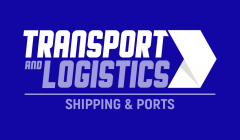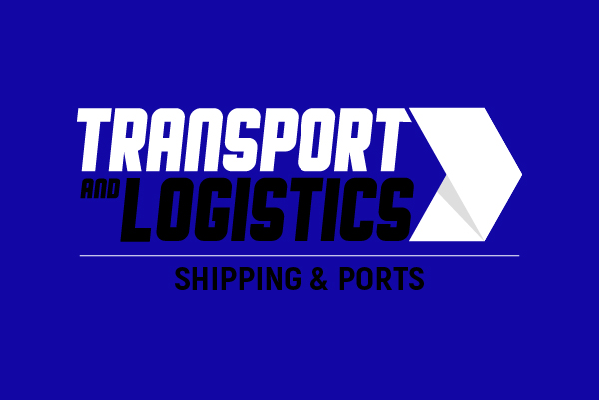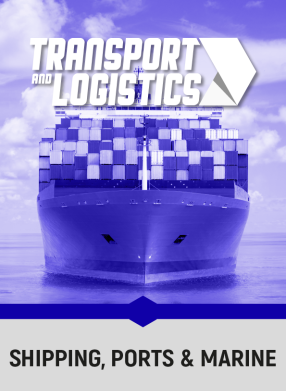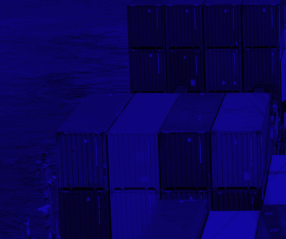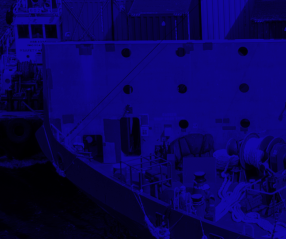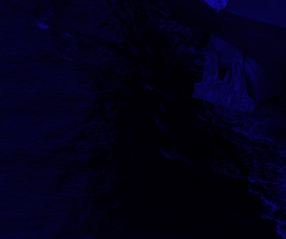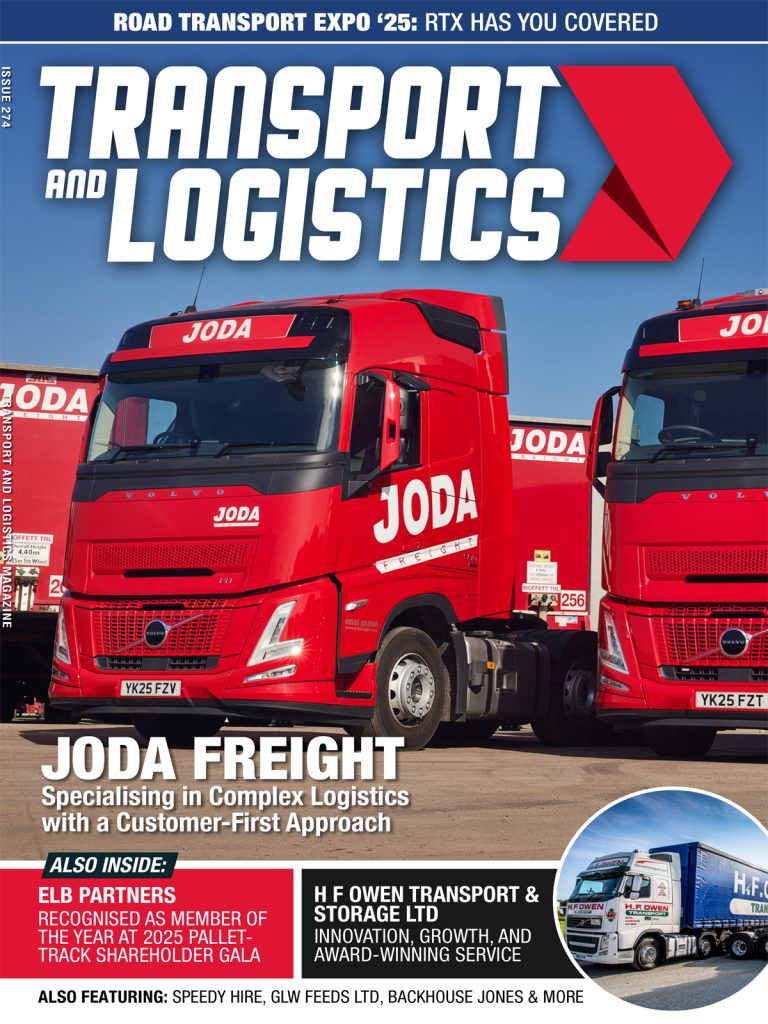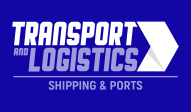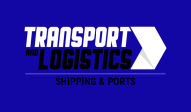TT Club’s Phillip Emmanuel (pictured) has put into perspective some of the sensationalism surrounding the recent growth trend in container ships. Speaking during a plenary session of the TOC Asia Conference in Singapore on Tuesday, he advised ports and terminals to take a measured approach to the risk management of their operations, looking carefully at the ramifications to their own facilities of potential larger ship calls.
TT Club is well-positioned as a leading insurer of risks for container lines and cargo handling facilities to advise on the type and extent of exposure. Outlining the Club’s position, Emmanuel explained that the potential for damaging incidents to occur is generally more a factor of an individual operation’s adoption of best-practice, sound maintenance and the application of efficient safety measures than size of ships or volumes of cargo.
In addition, it is clear that the largest of the container ship newbuilds, now capable of carrying nearly 20,000TEUs, can’t and won’t call at the majority of the world’s terminals. Their introduction onto the Asia-Europe trade will, however, displace smaller units, which in turn will be utilised on trades, and call at ports, where previously they have not been seen.
“As such,” commented Emmanuel, “Terminal operators should take precautions that are relevant to the specifics of their own operation. Bigger ships and greater container volumes will only augment the exposures that are already inherent in their current operations.” As examples, Emmanuel highlighted the requirement in any location for upgraded – and expensive – technology represented by new cranes and more yard equipment that might be necessary to handle larger ships.
The type of risk and the more common causes of insurance claims, however, remain the same. Emmanuel used his conference presentation to articulate some of these gleaned from extensive TT Club analysis of its own claims records, stating, “The direct interaction at the berth between ship and terminal facility accounts for 31% of the total cost of claims for ports and terminals over the last five years. Indeed, the most valuable asset of any terminal, the quay crane, unsurprisingly represents the biggest single element (some 25%)”.
These statistics serve as a reminder to ports and terminals to consider, not only berth length and depth, but also issues such as berthing and the capability of tugs, mooring lines and bollards. The analysis for ports and terminals highlights the impact and regularity of ship collisions with the crane booms, crane brake or structural failure, and hoist and spreader malfunctions, in addition to crane collapse due to windstorms. “These risks can all be minimised by efficient maintenance programmes, proper use of safety technology and adequate windstorm protection whatever the size of ship being worked,” concluded Emmanuel.
